6 Warning Signs a Tree in Your Yard Needs to Be Removed
Trees elevate your property’s appearance and offer long-lasting environmental benefits, but they can also become liabilities when they begin to decline. Many homeowners aren’t aware of early warning signs until a problem becomes severe, so recognizing visible changes helps prevent hazards before they develop. Relying on a reputable local tree service makes evaluations easier, but learning to spot the indicators yourself empowers you to act proactively. Early awareness also prevents costly emergency removals and keeps your outdoor space safe.
Tree decline often begins subtly, with small changes in growth or stability that can go unnoticed for months. Partnering with a trusted local tree service helps confirm whether a tree can be saved or poses an immediate risk. By understanding these early signs, homeowners can protect their landscapes while avoiding preventable safety concerns. Building this knowledge ensures you’re never caught off guard by hidden tree damage.
1. Identify Visible Decay or Fungus Growth
Fungus growth—including mushrooms, conks, and shelf-like formations—often signals internal decay that weakens the tree’s structure from within. These fungi thrive on decomposing wood, meaning their presence typically indicates declining health below the surface. Because decay spreads gradually, spotting these signs early makes a major difference in preventing sudden failure. Many homeowners turn to a local tree service to determine whether fungal growth can be managed or whether removal is the safest course. Regular monitoring allows subtle problems to be caught far earlier.
Some fungi attack living tissues and accelerate rot, while others target already-dead wood, making identification essential for determining the severity of the issue. Advanced fungal decay compromises trunk fibers, increasing the likelihood of limbs breaking or the tree collapsing. Inspecting your trees periodically helps you understand whether changes are developing slowly or rapidly. A professional evaluation provides clarity when symptoms are confusing or severe. Taking early action prevents decay from progressing into a major safety hazard.
2. Recognize Cankers and Rot
Cankers form when sections of bark die, creating sunken or discolored areas that interrupt the flow of nutrients throughout the tree. These weakened areas make branches more susceptible to breakage and can spread quickly when left untreated. Observing the bark for unusual textures or colors is an easy way to detect potential issues early. Many homeowners consult a local tree service when they notice these symptoms to understand whether treatment is effective or removal is needed. Regular checks help prevent larger, costlier problems.
Rot weakens a tree’s internal structure, sometimes hollowing out the trunk before external signs appear. Soft, crumbly, or brittle areas are often early indicators that decay is spreading. Once internal wood is compromised, the risk of falling branches increases significantly. Monitoring trunk and limb condition helps you respond before these risks escalate. Taking quick action ensures your yard remains safe and structurally sound.
3. Understand the Implications of Fungal Growth on Stability
Fungi weaken essential fibers inside the tree, reducing its ability to support weight and withstand high winds. Even minor fungal growth can signal deeper structural problems hidden within the trunk. Observing the location and pattern of fungal development helps determine whether stability is compromised. Many homeowners rely on a local tree service to help determine if internal decay has reached a dangerous level. Understanding this connection helps you take proactive steps.
As decay spreads, the tree becomes increasingly vulnerable to failure, particularly during storms. Once structural integrity is compromised, the risk of collapse increases dramatically. According to Today's Homeowner, trees with more than 50% decay often require removal for safety. Conducting regular inspections keeps you aware of new developments. Acting early ensures that fungal decay doesn’t become a serious liability.
4. Conduct a Visual Inspection for Decay
A simple visual inspection can reveal early clues about a tree’s health, such as cracks, peeling bark, mushrooms, or cavities. These signs often indicate internal decay long before the tree becomes outwardly unstable. Checking your trees at least once per season helps you identify changes that require attention. Engaging a trained eye through a local tree service can confirm whether these indicators suggest deeper issues. Building this habit helps you keep your property safe.
Inspect the canopy for bare patches, thinning foliage, or branches lacking new growth. Changes in leaf density or color often reflect underlying stress, disease, or root problems. Using binoculars allows you to inspect higher branches safely from the ground. These quick checks create a baseline for noticing future changes. Paying attention early prevents minor issues from becoming major hazards.
5. Decide Between Treatment and Removal
Deciding between treatment and removal depends on the severity and progression of decay, disease, or structural issues. Early-stage problems may respond well to pruning, targeted treatments, or supportive measures. However, advanced deterioration often makes removal the only safe option. A professional assessment from a local tree service ensures you know which direction is safest. Understanding your options helps you protect your home and landscape.
Factors such as the tree’s location, proximity to structures, and overall stability influence the final decision. Trees near homes or high-traffic areas pose greater risks if decline continues. While treatment may extend a tree’s life, it is not always a permanent solution. Removal becomes necessary when safety concerns outweigh the benefits of preservation. Making thoughtful choices helps maintain a secure outdoor environment.
6. Assess the Severity of a Tree’s Lean
A leaning tree is not always dangerous, but sudden or severe leaning can signal root damage or soil instability. Gradual leaning toward sunlight can be normal, but abrupt changes require closer evaluation. Checking the base for exposed roots, cracked soil, or soft spots can reveal underlying issues. Many homeowners rely on a knowledgeable
local tree service to determine whether the lean can be corrected or if removal is required. Early awareness prevents dangerous surprises.
The direction of the lean also matters, especially when the tree angles toward a home, driveway, or frequently used area. Leaning over structures or walkways increases the risk of damage during storms. Monitoring changes in the tree’s angle helps you understand whether the lean is stable or progressing. Taking action early keeps your family and property out of harm’s way. Being observant ensures no warning sign is ignored.
Understanding these warning signs helps you stay ahead of potential hazards and maintain a safer, healthier outdoor environment. By watching for decay, leaning, fungal growth, and changes in bark or canopy structure, you can catch problems while they’re still manageable and make informed decisions about next steps. Even simple seasonal checks can make a major difference in preventing unexpected damage. With a clearer sense of what to look for, you can protect both your landscape and the investment you’ve made in your home.
Recognizing the early warning signs of tree decline allows you to take action before hazards escalate and keeps your yard safe and healthy. Whether you’re dealing with decay, fungus, rot, or leaning, staying proactive makes all the difference. When you need expert insight or dependable care, you can depend on 4 Seasons Tree Service to help you protect your property with confidence. Our experienced team has been serving the Hudson Valley since 1989. We are committed to providing safe, reliable solutions tailored to your yard’s needs, ensuring you can maintain a beautiful and secure landscape all year long.
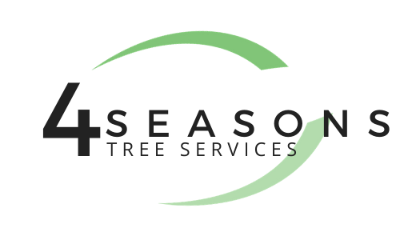
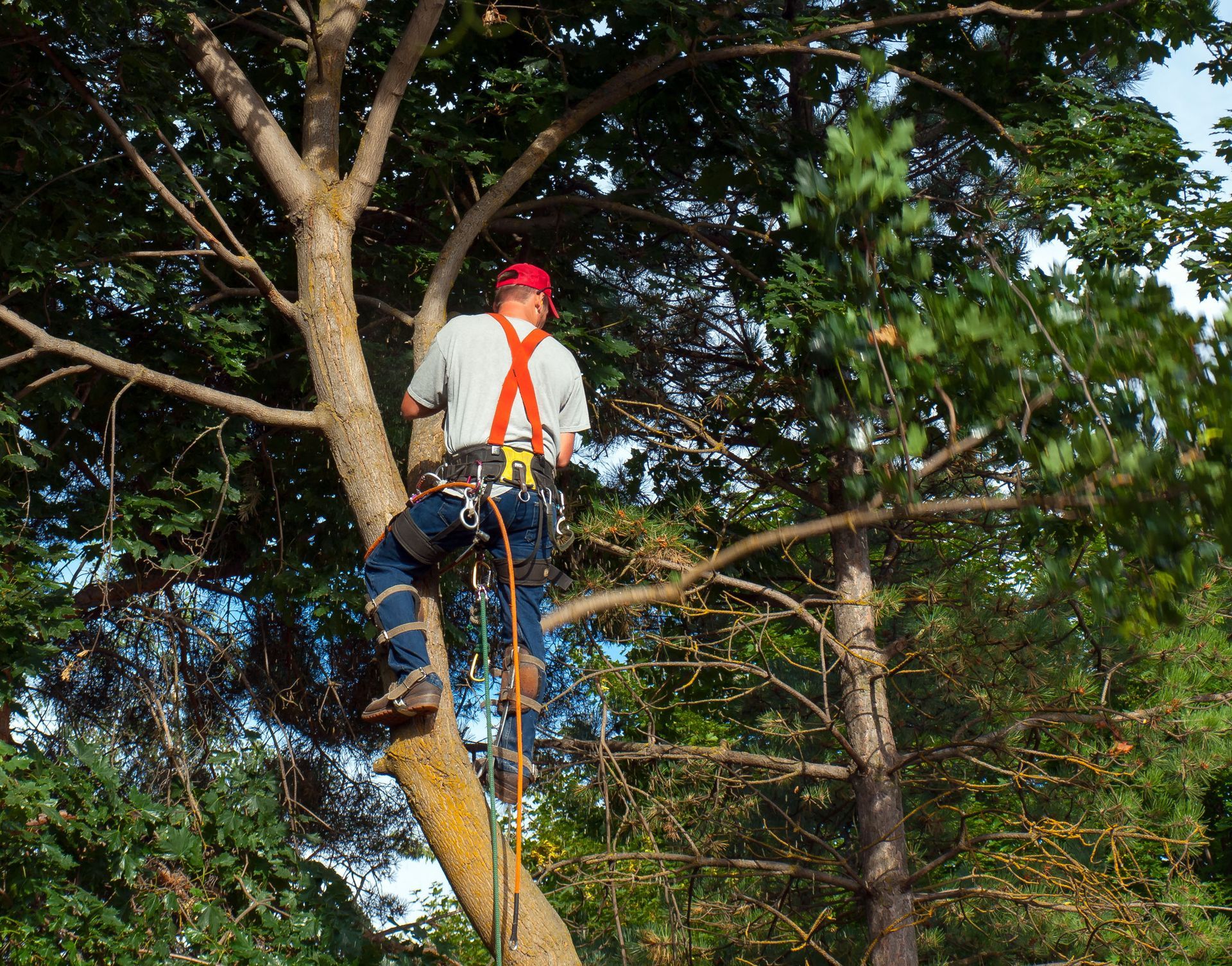
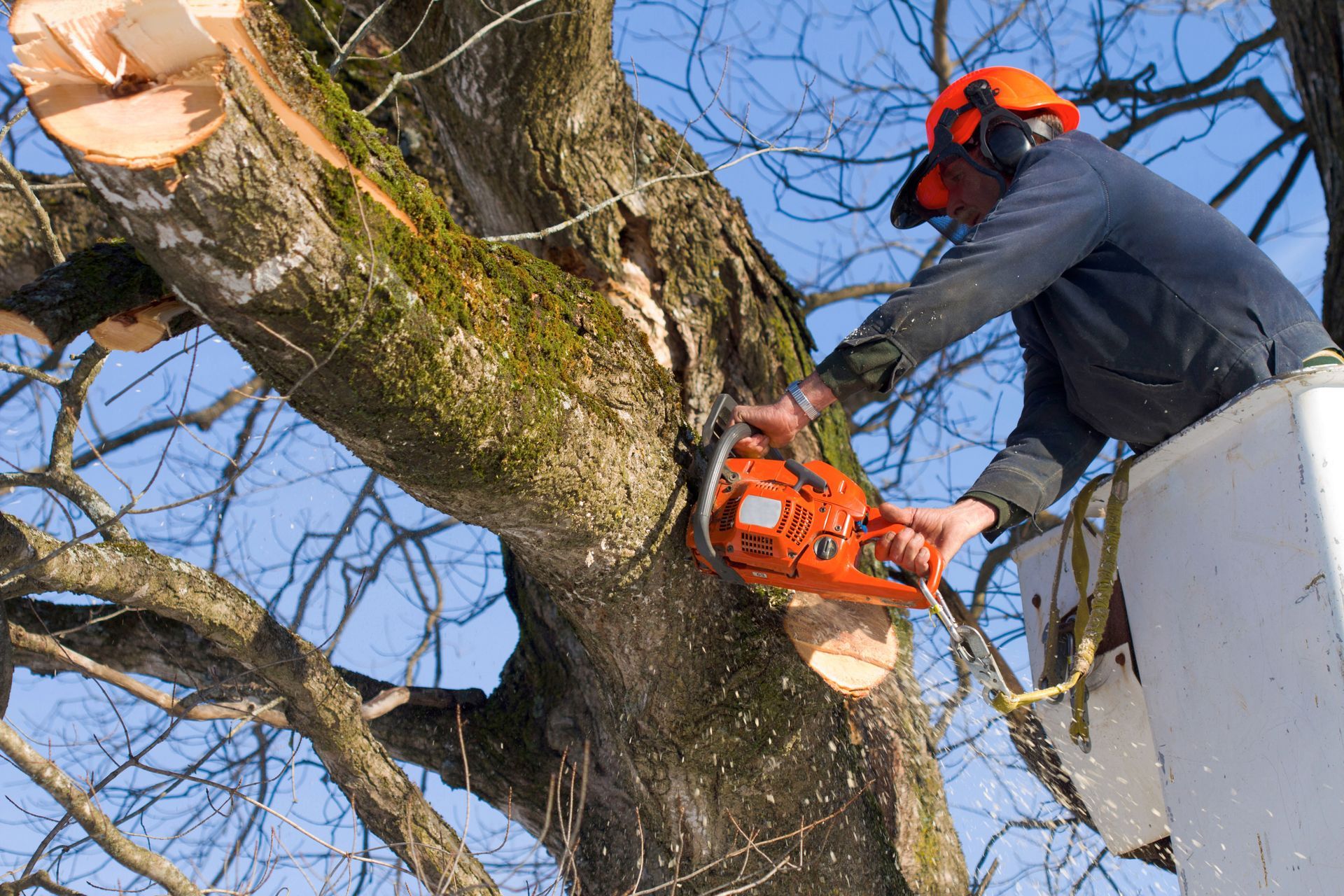
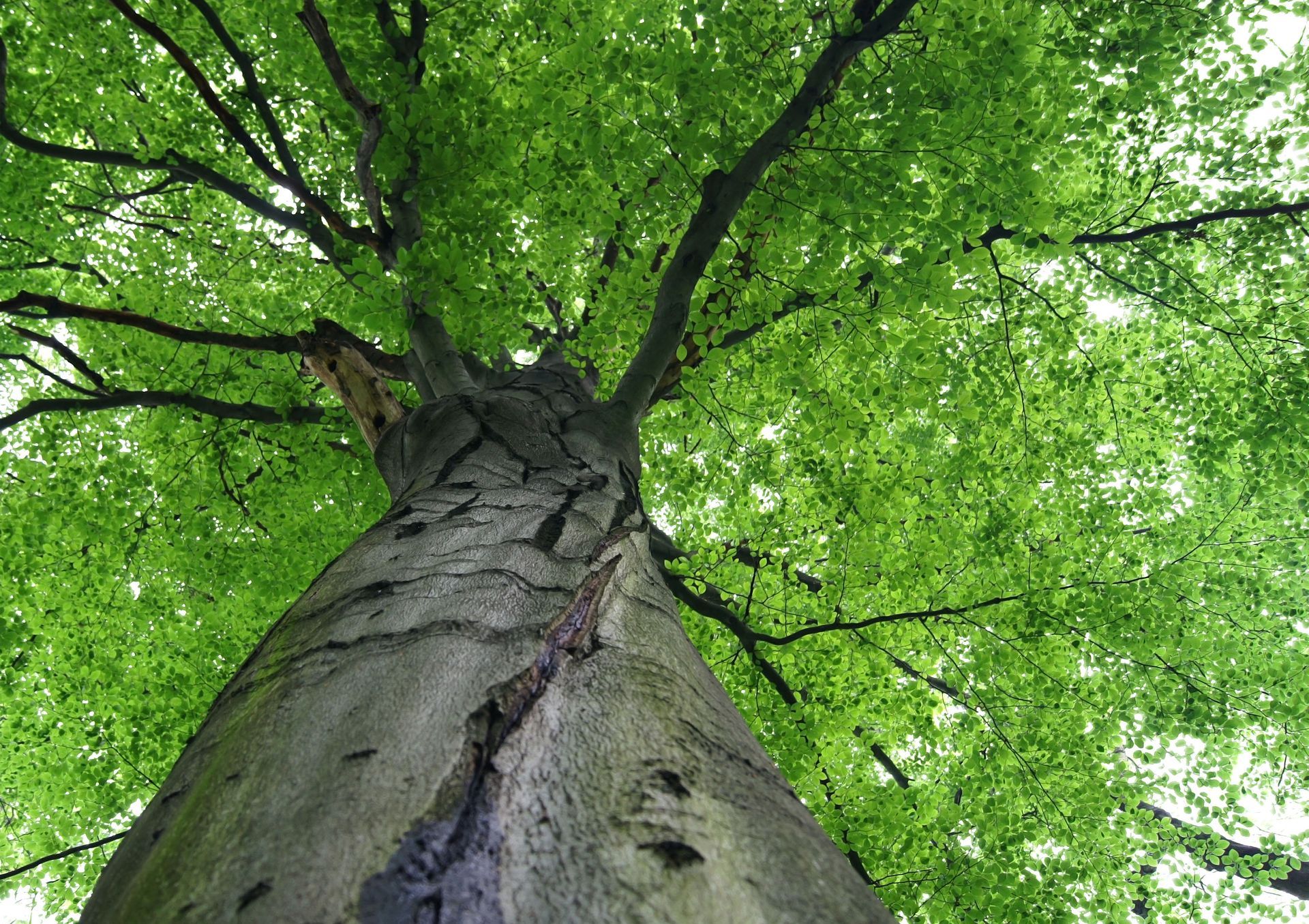

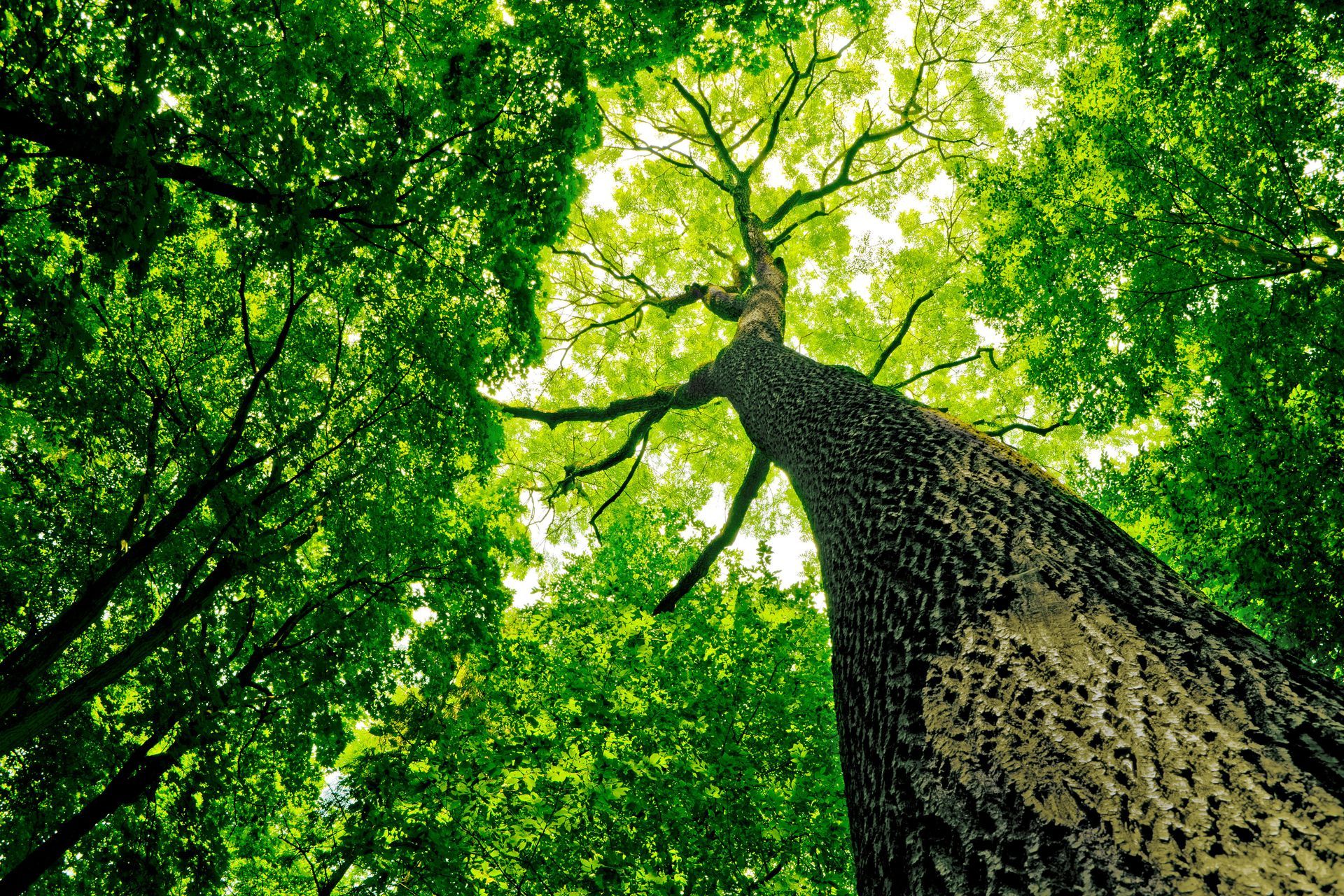


Share On: